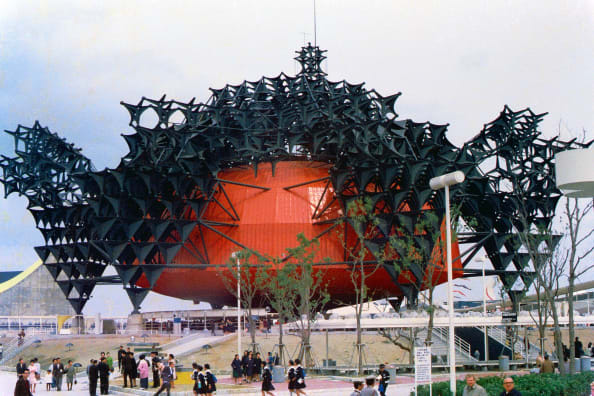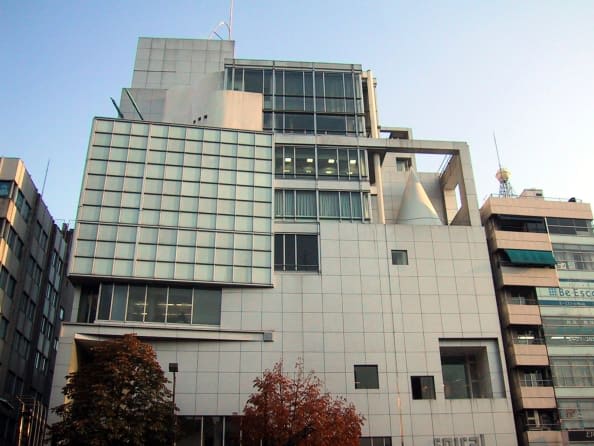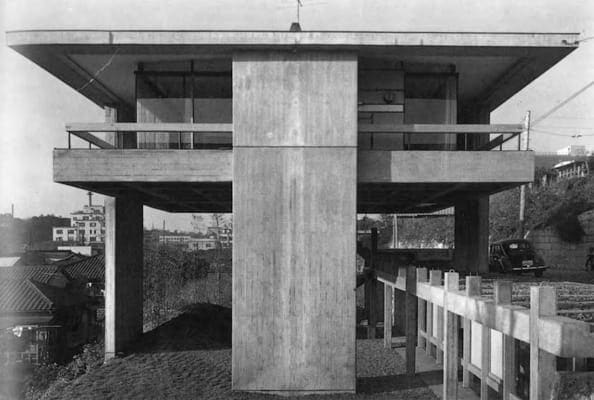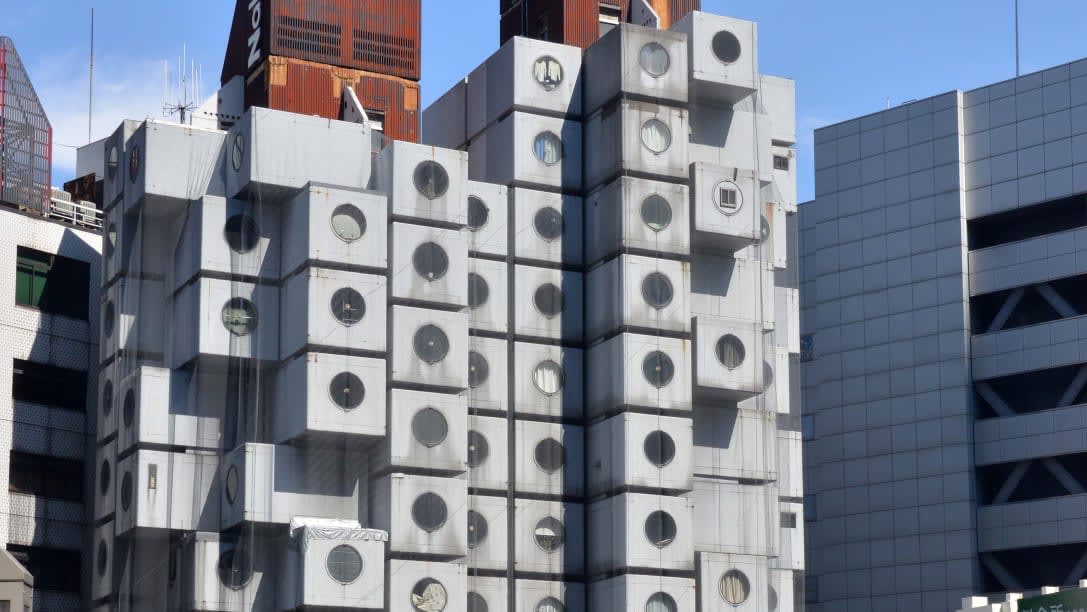نيويورك، الولايات المتحدة الامريكية (CNN) -- بعد انتهاء الاحتلال الأمريكي، واجهت اليابان فترة جديدة من الحكم الذاتي في عام 1952. ولكن، أعادت الآثار المدمرة للقنبلة الذرية، الجسدية والنفسية، حال البلاد إلى عهده السابق.
ورأى المهندسون اليابانيون إمكانيات جديدة لإعادة بناء البلاد، وذلك من خلال المبادئ الغربية المعاصرة التي دخلت مناهج المدارس، ولكن مع الحفاظ على ثقافتهم خلال فترة ما قبل الحرب.

ومن هذه المفارقة، وحد مجموعة من اليابانيين المعماريين جهودهم تحت حركة تعرف باسم "Metabolism"، التي تستخدم استعارات بيولوجية للتشجيع على إنشاء مبان قادرة على التجدد.
وضمت مجموعة المهندسين المعمارين كل من كيونوري كيكوتاك، وكيشو كوروكاوا، وماساتو أوتاكا وفوميهيكو ماكي، بالإضافة إلى الناقد نوبورو كاوازوي.
وأوضح المهندسون: "السبب وراء استخدامنا لمثل هذه الكلمة البيولوجية، Metabolism ، هو أننا نعتقد أن التصميم والتكنولوجيا يجب أن يكونا دلالة على حيوية الإنسان". وبذلك، فكرت المجموعة في استخدام عناصر بناء مختلفة، مثل الخلايا والحمض النووي.

وفي مقال نشره عام 2014، أكد الباحث في مجال الهندسة المعمارية، مايك شالك، أن العمارة يجب أن تكون قابلة للتكيف والاستجابة الكوارث الطبيعية والبشرية، وذلك في حال وقع تسونامي أو أُلقيت قنبلة ذرية.
وخلال مؤتمر طوكيو العالمي للتصميم عام 1960، طرح المهندسون بحركة "Metabolism" أفكارهم الجديدة. فاقترح المعماري، كنزو تانغه، تصميماً جديداً لتوسيع مساكن طوكيو، وذلك عن طريق إنشاء طريق سريع بحلقات متشابكة لزيادة إمكانية التنقل.
ورغم أن تصميم تانغه لم يُبصر النور حتى الآن، إلّا أن الباحث هيونجنج اعتبره أساسياً، فخطة المعماري كانت بمثابة نقطة إنطلاق، خاصة أنها ستدعم مشاريع الإسكان المستقبلية دون أن تسبب في ازدحام مركز المدينة.

وفي عام 1970، طورت مؤسسو الحركة أفكاراً عديدة لبناء المنازل، والمباني السكنية، وأجنحة معرض "Expo"، ومدن كبيرة بأكملها.
وبعيداً عن التصميمات المختلفة التي نفذتها المجموعة، يعد معرض "Expo ‘70"، في مدينة أوساكا، بمثابة تمجيد للمجموعة، حيث صمم المهندسان كوروكاوا وكيكوتاكي، أجنحة المعرض من الخلايا والمادة الوراثية.

وأخيراً، تخلت مجموعة "Metabolism" عن إعلانهم الخاص لإنشاء المتاحف، والمكاتب الحكومية، والملاعب، وغيرها من التصميمات التي لا تستند على مفهوم التجديد. ورغم ذلك، كتب شالك أن "إعادة النظر في رؤية الحركة لعالم مرن يكشف عن العديد من القضايا المعاصرة والملحّة".
واليوم نواجه العديد من التحديات في مجال العمارة المستدامة، بما في ذلك ندرة الأراضي والتنمية التي يقودها سوق العقارات. وبحسب شالك، إذا لم ينجح الإنشاء الحيوي، فيمكننا دراسة هذه الحركة لفهم أنواع المشاريع المستدامة التي قد تنجح في المستقبل.
